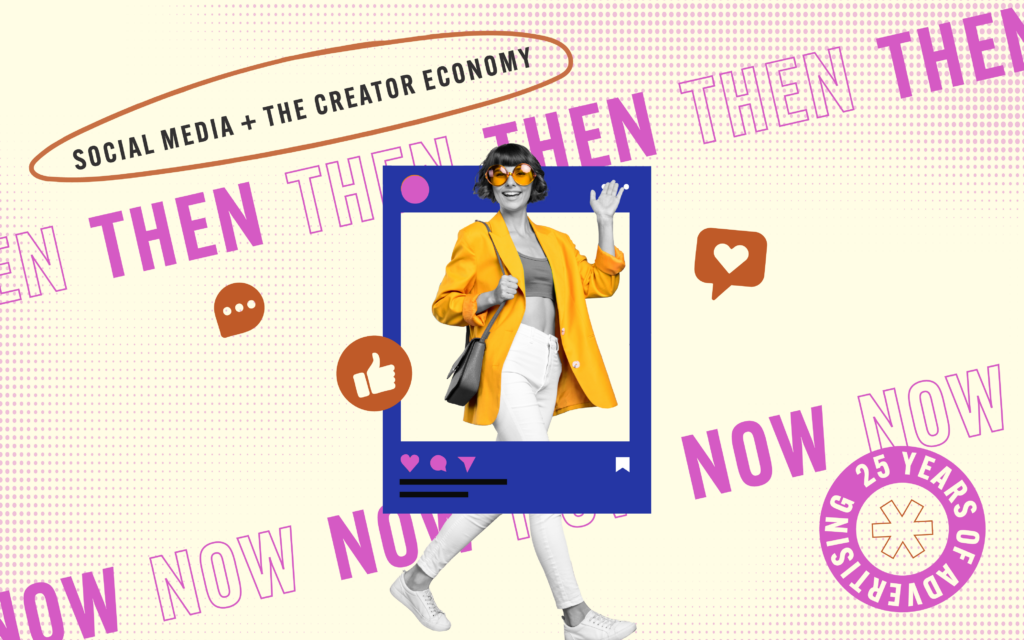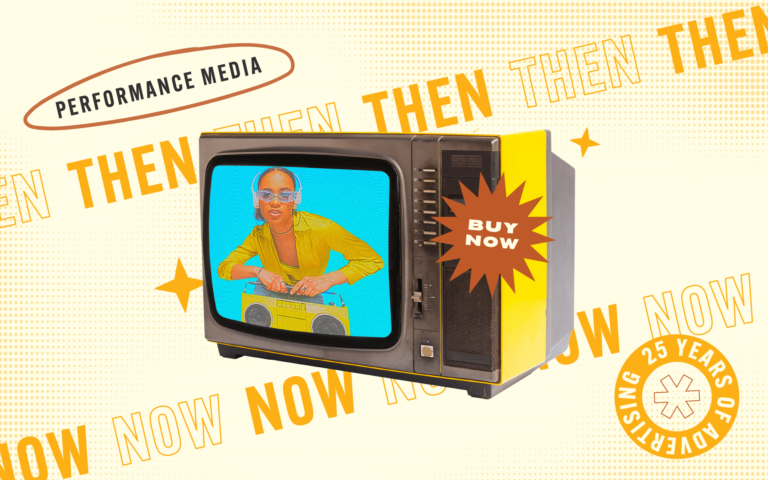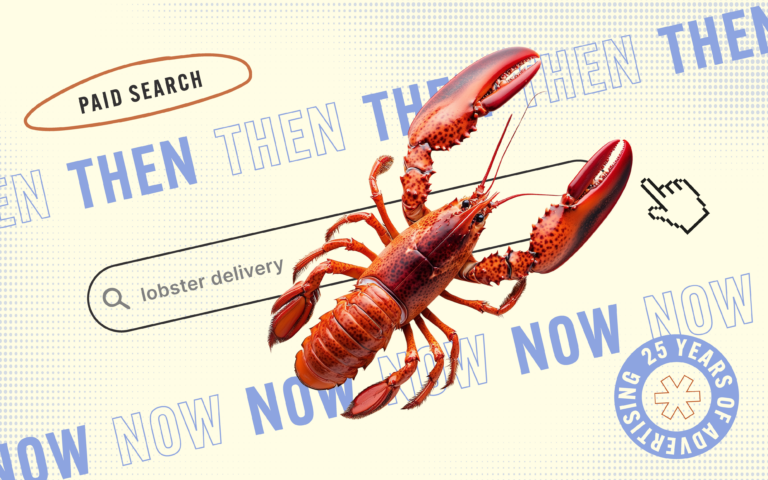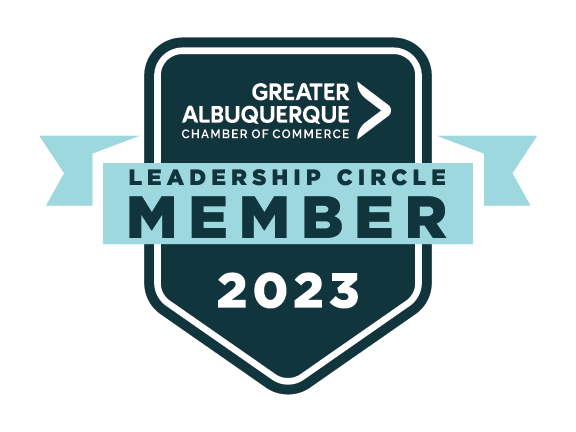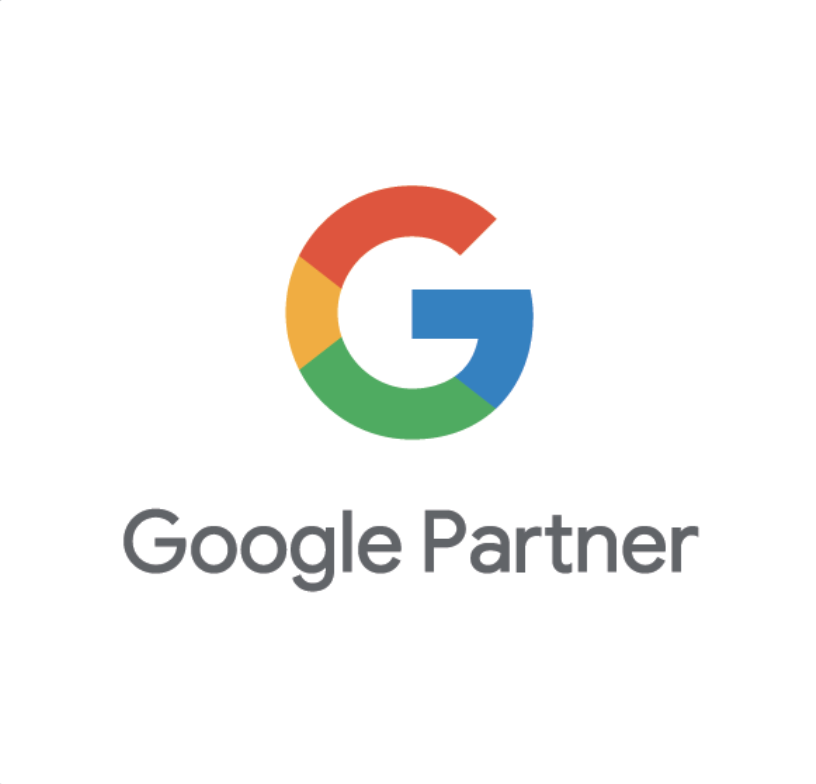Social Media & The Creator Economy
At Esparza, we’re celebrating our silver anniversary this year. To mark the occasion, we’re looking back at how advertising has evolved in the last two-and-a-half decades — and making a few predictions about what the next 25 years will bring in a series of blog posts about the future of advertising.
This month, we’re examining the rise of social media and the creator economy and what it has meant for advertisers like us.
The early aughts saw an explosion of social media platforms, including many of the behemoths that dominate the landscape today, including Facebook, which launched in 2004 as The Facebook, and YouTube, which launched in 2005.
These platforms ushered in a new era of communication, one that would completely transform how brands interact with audiences. Suddenly, marketing wasn’t just a one-way message broadcast from company to consumer. It became a conversation, a community, and eventually, a marketplace.
Then: The Social Media Revolution
In the early days, social media felt like the Wild West for marketers—uncharted, exciting, and full of possibility. Brands began creating pages, running contests, and experimenting with viral content, all in an effort to stay relevant in rapidly growing digital communities.
Then came the algorithms. Platforms like Facebook and Instagram started prioritizing content from friends and family, and organic reach for brand pages plummeted. The solution? Paid media. Social platforms quickly evolved into sophisticated advertising machines, offering powerful targeting tools and data analytics. For advertisers, this meant learning to navigate a new kind of strategy—one that blended creative storytelling with data-driven precision.
Now: The Creator Economy
As they evolved, these social media platforms gave rise to a new kind of influence as well. Social media personalities started using them to build loyal audiences and monetize their content. The creator economy — once a niche corner of the internet — exploded into a multi-billion-dollar industry. Creators were no longer just influencers; they became mini-media companies, offering brands access to highly engaged, niche audiences.
For advertisers, this has meant rethinking the traditional celebrity endorsement model. Instead of chasing star power, we began to value authenticity and alignment. A micro-influencer with a passionate following in a specific category—fitness, gaming, beauty, parenting—could drive more meaningful engagement than a household name with a million followers. Partnerships became more nuanced, requiring a balance of creative freedom for the creator and strategic direction from the brand.
At Esparza, we’ve embraced this shift by building campaigns that go beyond the billboard and the banner ad. We collaborate with creators, tap into emerging platforms like TikTok, and develop content that meets audiences where they are—scrolling, streaming, and sharing.
Social media and the creator economy have democratized advertising in many ways. Brands of all sizes can now reach audiences without massive budgets. But it’s also raised the stakes. Audiences expect more—more relevance, more transparency, and more value. The brands that succeed in this space are the ones that listen, adapt, and tell stories worth sharing.
Looking Ahead
As we look to the future, we know the landscape will keep evolving. New platforms will rise. Today’s creators may be tomorrow’s media moguls. Artificial intelligence, virtual reality, and blockchain technology are already beginning to reshape how content is created and consumed.
One thing is certain: the last 25 years have shown us that agility and creativity are key to thriving in a world where technology and culture move fast. At Esparza, we’re not just keeping up—we’re staying ahead. And we can’t wait to see what the next 25 years will bring.
Stay tuned for the next post in our anniversary series, where we’ll explore how the customer journey has changed over the last 25 years. Are you ready to build influencers into your marketing strategy? Let’s chat.


